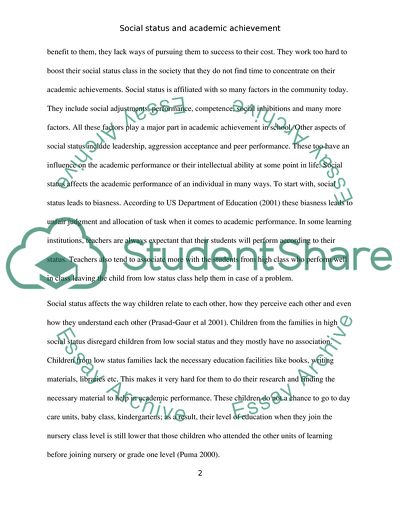Cite this document
(Correlation between a Students Social Status and Academic Performance Research Paper, n.d.)
Correlation between a Students Social Status and Academic Performance Research Paper. Retrieved from https://studentshare.org/social-science/1737593-social-status-and-academic-achievement
Correlation between a Students Social Status and Academic Performance Research Paper. Retrieved from https://studentshare.org/social-science/1737593-social-status-and-academic-achievement
(Correlation Between a Students Social Status and Academic Performance Research Paper)
Correlation Between a Students Social Status and Academic Performance Research Paper. https://studentshare.org/social-science/1737593-social-status-and-academic-achievement.
Correlation Between a Students Social Status and Academic Performance Research Paper. https://studentshare.org/social-science/1737593-social-status-and-academic-achievement.
“Correlation Between a Students Social Status and Academic Performance Research Paper”, n.d. https://studentshare.org/social-science/1737593-social-status-and-academic-achievement.


